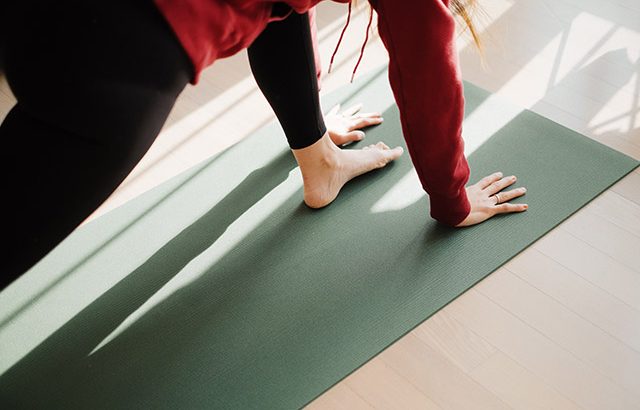Sauna Benefits
The health benefits of saunas have been known for thousands of years and it’s no surprise that they have become so popular. The hot steamy environment can help you relax and relieve stress, but there are many other benefits that you may not know about. Here are some of the top reasons why you should consider adding a sauna cabi to your home:
Improves Circulation: Sauna use helps improve blood circulation, which results in better oxygenation of your muscles and organs. This circulatory boost also helps reduce stress on your heart and improves overall cardiovascular health.
Treats Skin Conditions: Saunas can help treat dermatological conditions like psoriasis, acne, eczema and other skin disorders. The heat stimulates the sweat glands which results in a deep cleansing effect on the skin’s surface as well as deeper layers of tissue beneath it. Additionally, saunas can help treat rheumatoid arthritis because they increase blood flow to affected joints, which helps reduce pain and swelling associated with this condition.
There are many health benefits of best infrared sauna Sydney. People have been enjoying the benefits of saunas for centuries. The practice has been used for relaxation and as a way to detoxify the body. Today, there are many different types of saunas available for use, including infrared saunas, traditional Finnish saunas and portable steam rooms.
Here are some of the health benefits you can expect from regular use of a sauna:
Detoxification
Sweating is one of the best ways to detoxify your body. It helps eliminate toxins through the skin’s pores, which means that less work is placed on your liver and kidneys.
Improved Circulation
When you move around in a hot room or steam room, your blood vessels expand and allow more blood flow into the muscles and organs in your body. This increases circulation throughout your body and improves oxygen levels in each organ, which improves overall organ function and health.
Saunas help you lose weight by burning calories while increasing metabolism both before you enter a sauna and after you leave one. The heat from using a sauna increases sweat production, which causes you to burn more calories than usual because your body needs extra energy.
Weight Loss
Saunas are a great way to relax and unwind. But, did you know that saunas can also be beneficial to your health? Saunas have been used for centuries in many different cultures. They were first introduced in Finland and became popular in the United States during the early 1920s.
Saunas are great for helping your body detoxify itself by sweating out toxins, which allows your body to function at its highest level. There are many health benefits of saunas, including:
Reduced stress levels – Saunas help to lower your blood pressure, which can reduce stress levels.
Increased circulation – When you sweat in a sauna, the heat opens up your blood vessels so they can expand and circulate blood more efficiently throughout your body. This increases oxygen flow and leads to better oxygenation of organs and tissues.
Improved immune system – Sweating helps rid your body of toxins, which may otherwise cause an overproduction or underproduction of white blood cells, leading to an unhealthy immune system.
Weight loss – The heat from a sauna causes you to sweat out water weight along with any other toxins that might be stored in fat cells.
People who use saunas regularly have more positive health outcomes. This is because saunas provide several important health benefits.
Sauna Benefits
The benefits of saunas include:
Weight loss – Saunas have been used for centuries as a way to lose weight. Heat speeds up your metabolism and helps you burn calories. People who use saunas lose an average of 750 calories per session, which can help people lose weight faster than if they just dieted alone.
Pain relief – Studies show that heat increases blood flow to the skin, which can increase the release of endorphins and other natural painkillers that reduce discomfort from sore muscles and joints. People with chronic pain conditions like fibromyalgia often find that regular sauna use helps relieve their symptoms.
Immune system support – The heat in a sauna stimulates white blood cells, which fight infections and disease-causing agents such as bacteria and viruses. Regular sauna use may also help prevent colds and flu by boosting immune function during cold weather months when people are more susceptible to these illnesses due to lack of sunlight exposure.


